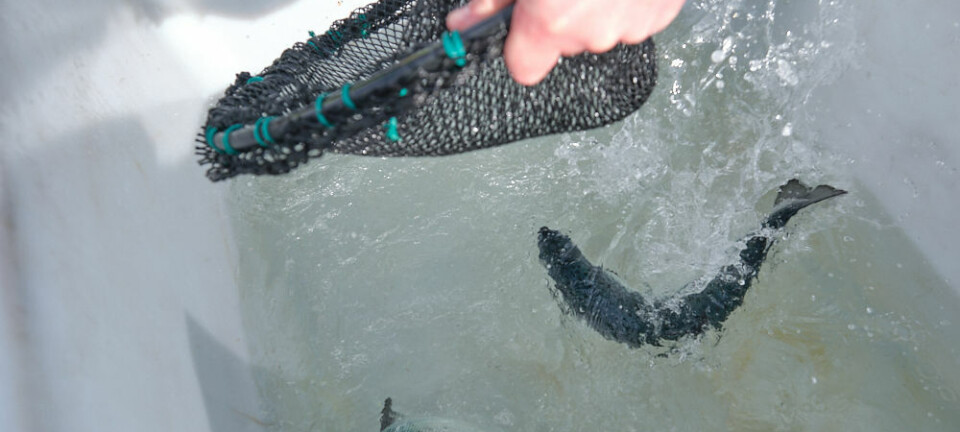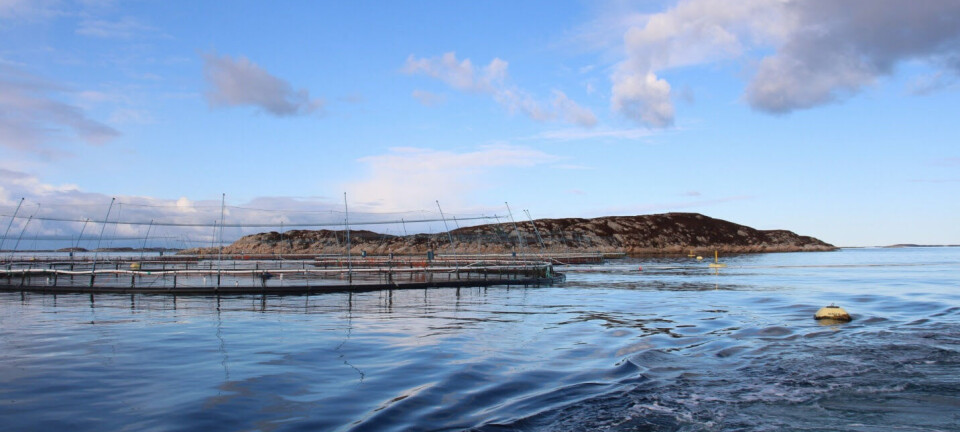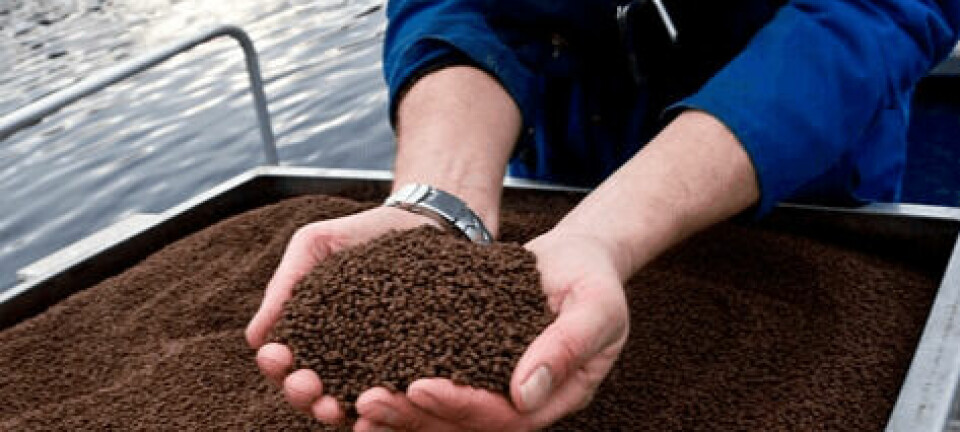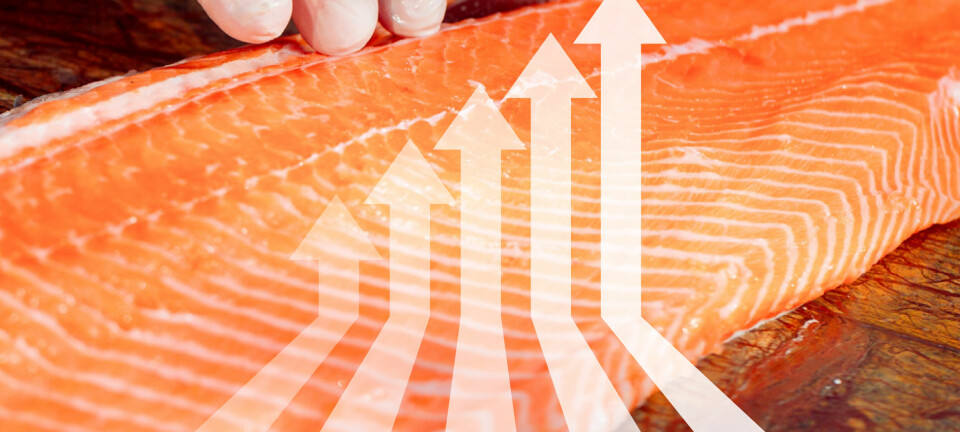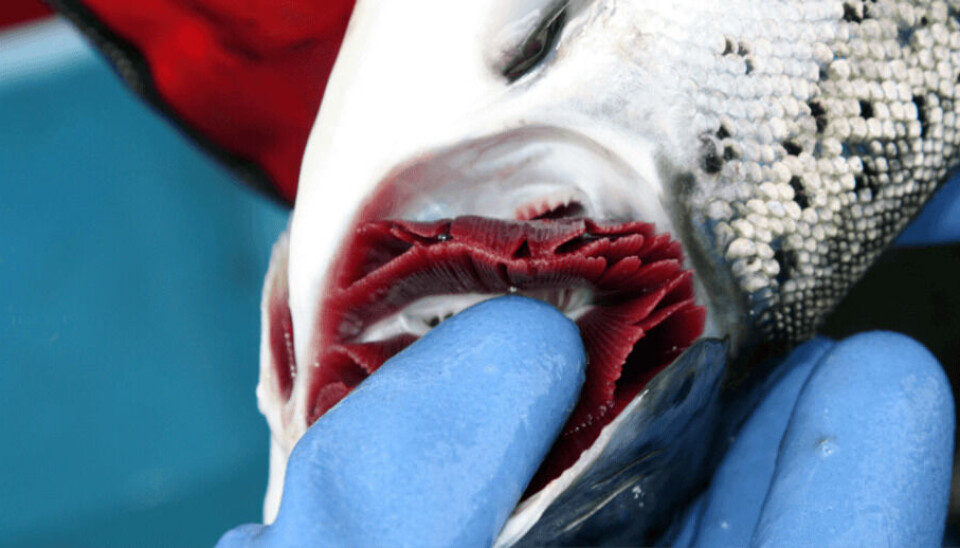
Scientists learn more about the regenerative capacity of salmon gills
A recent study led by Canadian researchers has provided new evidence on the ability of gills to re-grow during the post-smolt phase.
The gill of the Atlantic salmon is an essential organ within metabolic and biological functionality. Due to its anatomical characteristic, it is exposed to infectious and non-infectious agents; pathogens, zooplankton, microalgae, toxins, solid particles, and compounds derived from production.
All these agents can cause direct physical damage to the organ or tissue loss attributed to necrosis, which can compromise the functionality of the gill.
Gill problems are a very important issue in the industry, and the increase in the prevalence of erosive or necrotic damage in Atlantic salmon has caused significant economic losses in various parts of the world: it is estimated that approximately 12,500 tonnes of fish worth 130 million Canadian dollars are lost each year due to complex gill disease in British Columbia alone.
Gill resection
A study conducted by Canadian scientists from the University of Columbia, Wilfrid Laurier University, and Pacific Biological Station investigated the regenerative capacity of gill tissue after performing a resection to reduce the length of gill filaments in post-smolt salmon reared in freshwater.
The fish were subjected to two levels of resection, 30% and 50% of the filament length, and the cytological changes, filament length, and gill functional capacity were recorded at different post-resection points.
The scientists found that, on average, 38% of both groups at week 20 post-resection had regeneration in the gill filament length. However, the absolute regeneration of the gill filament in millimetres in the group where 50% resection was performed was better compared to the 30% group.
Significant regeneration
In this way, the percentage of regeneration was different among individuals, but it is not correlated with initial weight, condition factor, or overall growth rate. Regarding the immunohistochemistry studies, an increase in cell proliferation was evidenced in the proximal sectors of the filament shortly after the intervention, followed by the appearance of ionocytes, chemoreceptor neuroepithelial cells, and nerve fibres in week 4.
The researchers concluded that the results showed significant regeneration and functional recovery in the filaments exposed to different levels of resection, which contributes to the advancement and development of better practices for the optimal maintenance of gill health in Atlantic salmon.
Read the abstract and introduction to the paper “Characteristics of a gill resection - Regeneration model in freshwater laboratory-reared Atlantic salmon (Salmo salar)” here.


